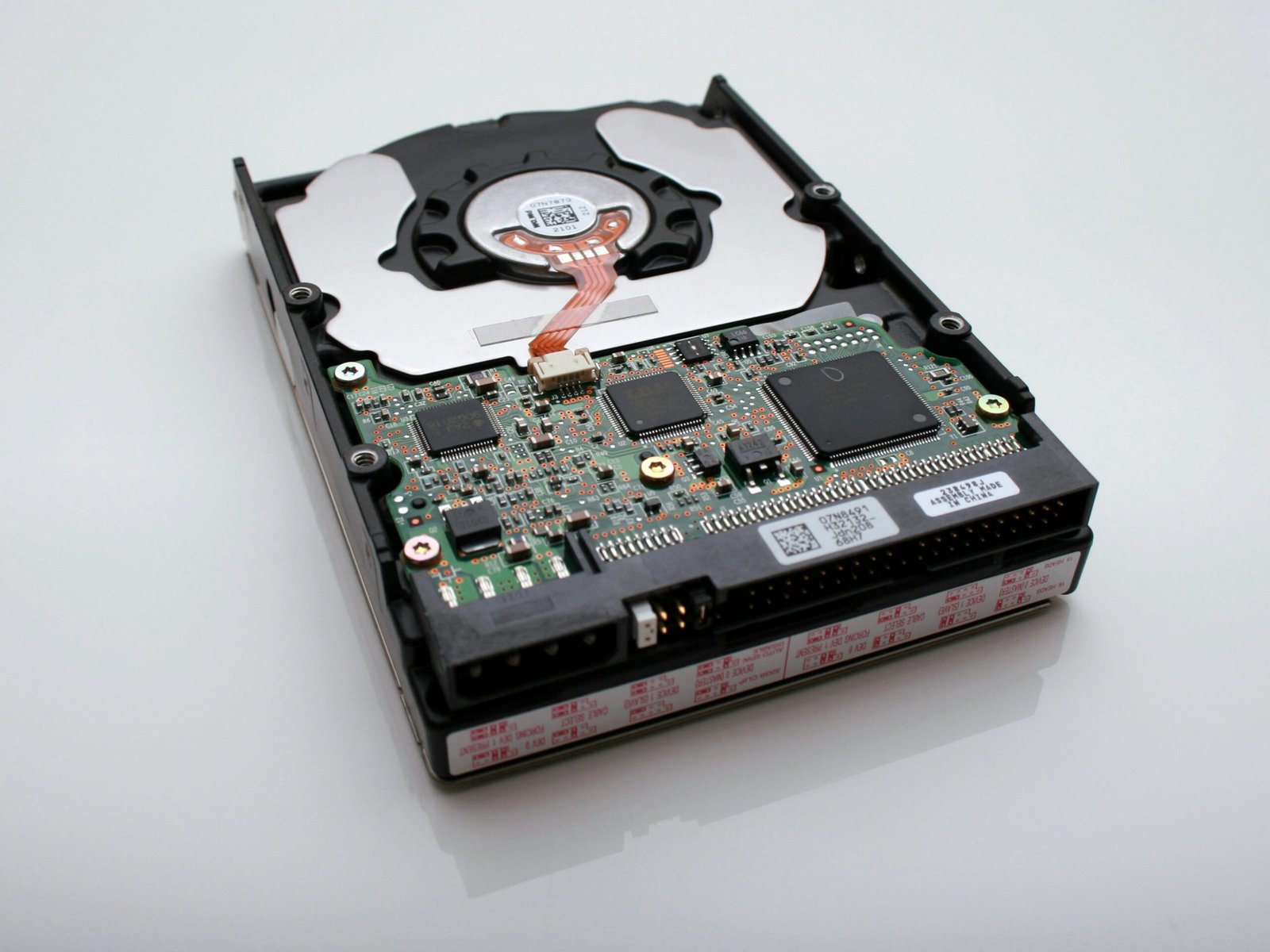Introduction
In today’s digital world, managing our identities has become increasingly complex. From signing up for online services to accessing sensitive information, we are constantly required to prove our identity. Traditional identity management systems often fall short in terms of security, privacy, and user experience. However, blockchain technology has emerged as a promising solution for digital identity management. In this article, we will explore the importance of user interface (UI) and user experience (UX) strategies in implementing blockchain identity solutions.
The Significance of Blockchain in Identity Management
Blockchain technology offers a decentralized and secure way to manage digital identities. By utilizing a distributed ledger, blockchain ensures that identity data is tamper-proof and transparent. This eliminates the need for centralized authorities and reduces the risk of data breaches. Additionally, blockchain allows individuals to have full control over their identities, giving them the ability to grant or revoke access to their personal information.
UI/UX Strategies for Blockchain Identity Solutions
Implementing blockchain identity solutions requires careful consideration of UI/UX design principles to ensure seamless user adoption and satisfaction. Here are some strategies to enhance the UI/UX of blockchain identity solutions:
1. Simplify the Onboarding Process
The onboarding process is the first interaction users have with a blockchain identity solution. It is crucial to design a simple and intuitive onboarding process to minimize user friction. Clear instructions, minimalistic design, and progressive disclosure of information can help users understand the benefits and functionalities of the solution.
2. Provide Clear and Transparent Privacy Controls
Privacy is a key concern when it comes to digital identity management. Blockchain identity solutions should provide users with clear and granular privacy controls. Users should have the ability to choose what information they share and with whom. Transparent privacy settings build trust and empower users to take control of their digital identities.
3. Enable Seamless Integration with Existing Systems
To encourage widespread adoption, blockchain identity solutions should seamlessly integrate with existing systems and platforms. Users should be able to easily link their blockchain identities with their social media accounts, email addresses, and other digital profiles. This integration simplifies the authentication process and enhances the overall user experience.
4. Design Intuitive User Interfaces
The user interface of a blockchain identity solution should be intuitive and user-friendly. Clear navigation, logical information architecture, and visual cues can help users easily understand and navigate through the system. Designing an interface that aligns with established UI design patterns ensures familiarity and reduces the learning curve for users.
5. Prioritize Security without Sacrificing Convenience
While security is paramount in blockchain identity solutions, it is important to strike a balance between security and convenience. Users should not be burdened with complex authentication processes or excessive security measures that hinder usability. Implementing multi-factor authentication, biometric authentication, and other secure yet convenient methods can enhance the overall user experience.
6. Educate Users about Blockchain Technology
Blockchain technology is still relatively new to many users. It is important to educate users about the benefits and functionalities of blockchain identity solutions. Clear and concise explanations, along with visual aids and interactive tutorials, can help users understand the underlying technology and build trust in the system.
Conclusion
Blockchain identity solutions have the potential to revolutionize digital identity management. By implementing effective UI/UX strategies, we can ensure that these solutions are user-friendly, secure, and widely adopted. Simplifying the onboarding process, providing transparent privacy controls, enabling seamless integration, designing intuitive interfaces, prioritizing security and convenience, and educating users about blockchain technology are key steps in achieving successful blockchain identity solutions.
With the right UI/UX strategies in place, blockchain identity solutions can empower individuals to take control of their digital identities and pave the way for a more secure and user-centric digital ecosystem.












Leave a Reply